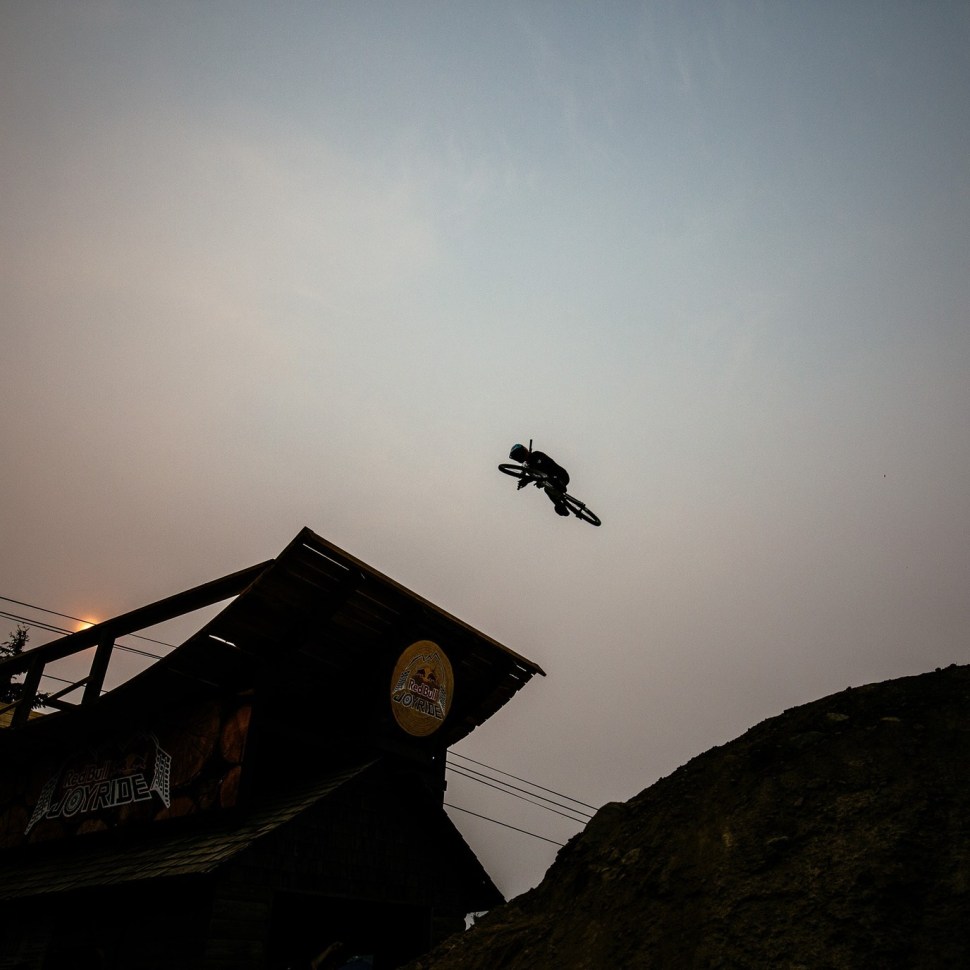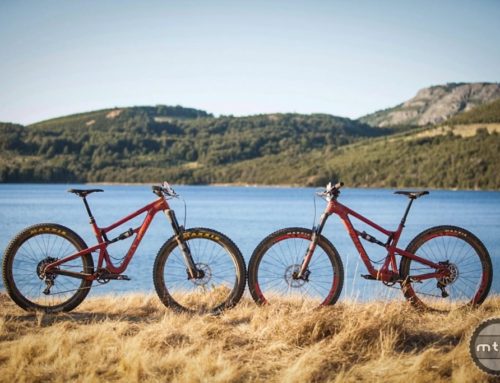This story is the third installment in our five-part series examining the intersection of climate change and mountain biking. In it, we explore how climate change is affecting the places and people of our sport, and likewise turn the lens on ourselves as a contributing factor in one of the greatest challenges of our time.
On August 18, 2018, as 35,000 people gathered to watch the Joyride slopestyle competition at Crankworx Whistler—the single most well-attended mountain bike event in the world—the sky darkened. At first it seemed overcast, then gray turned to orange, a low haze set in, and the mountains disappeared. They would not return for nearly three weeks, during which time ‘Beautiful British Columbia’ would have the worst air quality on Planet Earth. It was the second summer in a row like that.
Hidden away in a fantasy wilderness an hour-and-a-half north of the 2.5 million-person metropolis of Vancouver, B.C., Whistler is home to the best mountain biking in the world. But even this coastal riding zone, fanned by the jet stream and guarded by the sky-scraping glaciers of Canada’s Coast Range, could not escape the smoke. In 2019, the Canadian federal government released a report that concluded Canada is warming at twice the rate of the rest of the world. It was consistent with the long-established understanding that climate change accelerates toward the planet’s poles. In keeping, the two most severe wildfire seasons in B.C. history had just happened successively, in 2017 and 2018.
[continued...]









